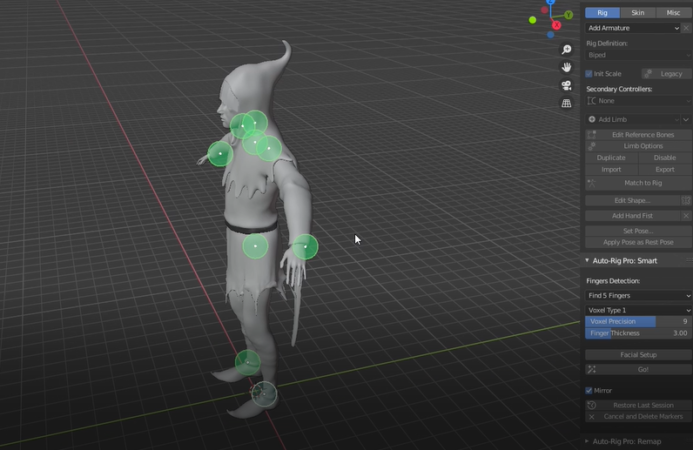
Please note, I included a hidden sphere object attached to the spine in the chest that contains vertex group data. Added basic 3D objects and parented them to the individual bones.Imported the FBX file into blender with automatic bone orientation, and ignore leaf bones selected.Downloaded Mixamo Y-bot, FBX for Unity, 60fps, T-Pose, without skin.Just for reference, the process I used to create this model in Blender was: Here the model has been exported in GLTF format, and imported using Three.js with separate files containing the animation sequences only. The idea is that this file can be used as a starting point or reference for building your own robot model and also for learning how to import, apply, and export Mixamo animations from Blender.īelow is an interactive demo of this model with some basic blending of the animation sequences, created in Three.js ( Open in new tab). I decided to put together a basic example robot model, created in Blender (3.1) with the body parts attached to a standard Mixamo armature in T Pose. This can also be an easy place to start when learning how to build a 3D character for a game as it does not require some of the more advanced 3D modelling processes normally required for skinned models, such as weight painting.


Mixamo animations are more commonly applied to ‘skinned’ models, however they can also be applied to models that are composed of different 3D shapes, which can work well for something like a basic robot or droid-like character.

– Currently Mixamo is available free for anyone with an Adobe ID and does not require a subscription to Creative Cloud. Recently I have used Mixamo motion capture animation sequences in both game development and 3D art.


 0 kommentar(er)
0 kommentar(er)
